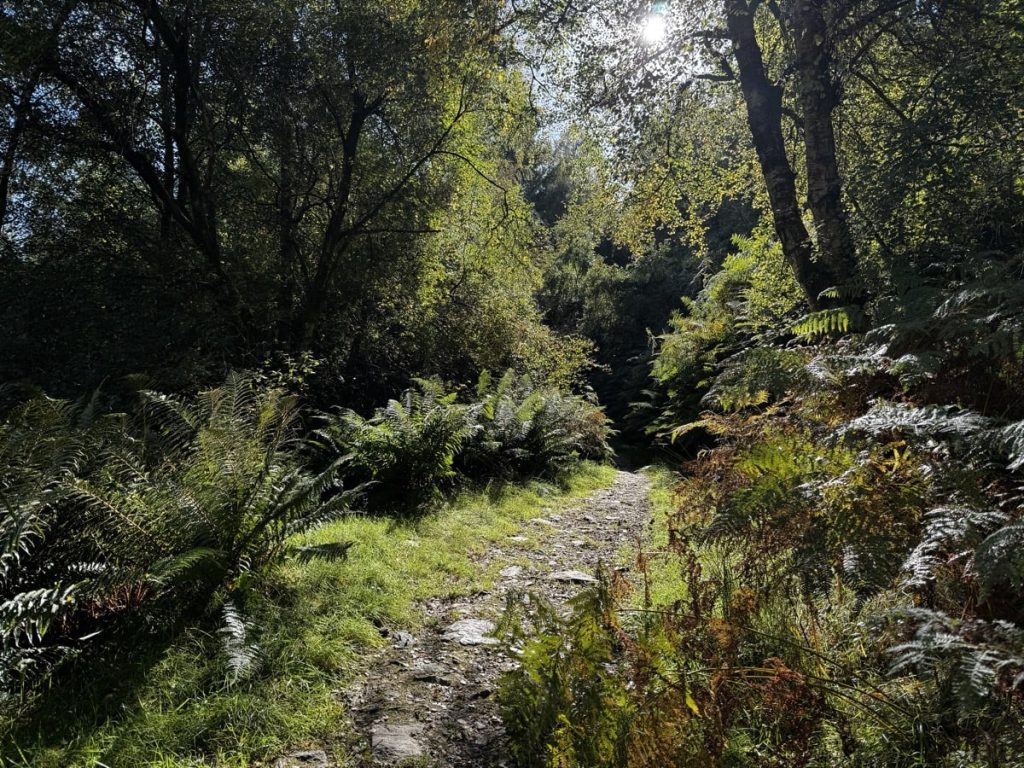In this episode of the Fediverse Flows series, host Matthias Pfefferle sits down with pioneer technologist Dave Winer. The inventor of blogging, podcasting, RSS, and text casting. Together, they unpack the evolution of the open web, discussing why true interoperability and openness matter more than ever in an age of restrictive social media platforms.
The shownotes and transcript on this podcast are wonderful. The Takeaways, provide a great summary and worth reading after you listen.
I’ve been reading Dave Winer’s blog since I discovered rss. I’ve tried many of his more recent tools, including WordLand & FeedLand which he discusses here1.
Matthias Pfefferle is an IndieWeb & WordPress developer. I use his sempress theme & several of his plug-ins2 on this site. Recently he has been developing the ActivityPub – WordPress plugin . This allow your WordPress site to function as a federated profile. I’ve not tried that as I currently posse posts from here to mastodon via micro.blog.
Anyway, I’m a big fan of both participants.
A few interesting things
of the many in the podcast.
I don’t believe in comment sections on blogs, though. I think we could live without that, actually
Dave Winer
Like Alan I do like comments. I’ve read about bloggers who do not and mostly they are the ones with huge audiences. Apart from valuing the conversation, comments & even likes, which I fetch back via brid.gy, it does let me know that sometimes I am not writing into the void. I’d still blog for the void but it is nice to get some contact.
I’d guess bloggers like Dave dislike comments because of the way they can go on big sites.
But over time, what I hope happens is that people find that Wordland’s editor isn’t what they want. They want a different editor because you know what? There’s no one kind of editor that would please everybody.
Dave Winer
I’ve found this one of the most compelling reasons for exploring WordLand. WordLand is quite an opinionated editor. It has led me to think about all the different ways I’ve posted in the past and try out a few other options.
I think most of the younger generations are not aware of what a link is, what a URL is. They simply use one social network, and if they search for other users, they have that little search box and they search for the username. They do not understand that in a decentralized world that they may have to copy and paste URLs to find a new.
Matthias Pfefferle
This really spoke to me as a teacher. I am saddened by the way that even browsers hide paths after domains, and pupils just grab whatever google tells them. I have been surprised twice in the last few years by young kids, 9-11, doing something smart with urls or parameters.
I really enjoyed listening to this episode, lots of food for though. The ideas discussed become complicated quite quickly. A bit like the IndieWeb in general. Dave has of course been aware of WordPress but only recently started using it in earnest. Matthias comes from a different direction, the IndieWeb and Activity pub.
I’ve also now listened to another WordPress podcast with Dave: #186 – Dave Winer on Decentralisation, WordPress and Open Publishing – WP Tavern.
In this one Dave’s optimism and enthusiasm really shines through. I don’t know who it was told me, or maybe I read it somewhere: if you wait long enough Dave Winer is always right
, Not sure that is true of anyone, but Dave Winer is always interesting & though provoking to read or listen to.


